(CLO) About 1.5 million years ago, two distinct ancient human species coexisted on the shores of a muddy lake in northern Kenya, leaving footprints that intersected with the tracks of antelope, horses, warthogs, giant storks and many other animals.
The fossilized remains, discovered on a resource-rich lakeshore near a river mouth in Kenya’s Koobi Fora region, provide the first evidence that two ancient human species – Paranthropus boisei and Homo erectus – shared the same habitat and may have even met face-to-face. The discovery raises intriguing questions about the relationship between the two species and their competition for resources.
Paranthropus boisei, a more distant relative of modern humans, lived from about 2.3 to 1.2 million years ago and was about 137 centimeters tall. It had skulls adapted for powerful chewing muscles, including a gorilla-like crest and large molars. Paranthropus boisei's feet had many ape-like features, including a big toe.
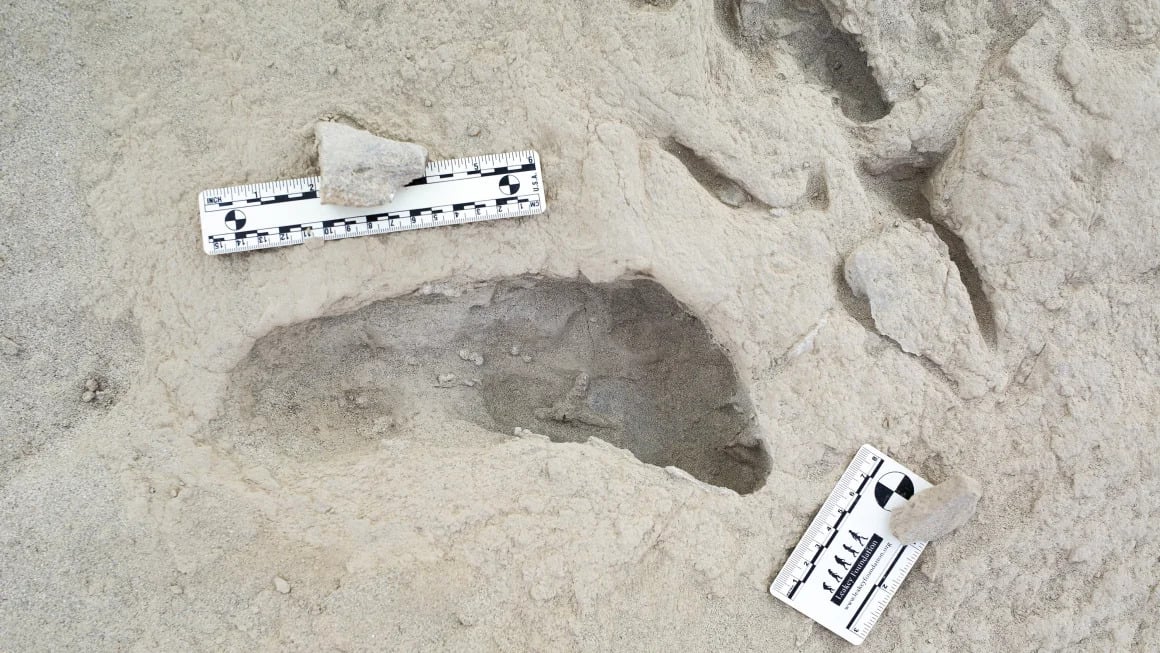
A fossilized footprint believed to be from a Paranthropus boisei individual. It is one of 12 such footprints unearthed in Kenya that date back 1.5 million years. Photo: Kevin G. Hatala/Chatham University
In contrast, Homo erectus, one of the earliest ancestors of modern humans, which appeared between about 1.89 million and 110,000 years ago, was between 145 cm and 185 cm tall. They were notable for their large eyebrows and larger brains than Paranthropus boisei, although still smaller than ours.
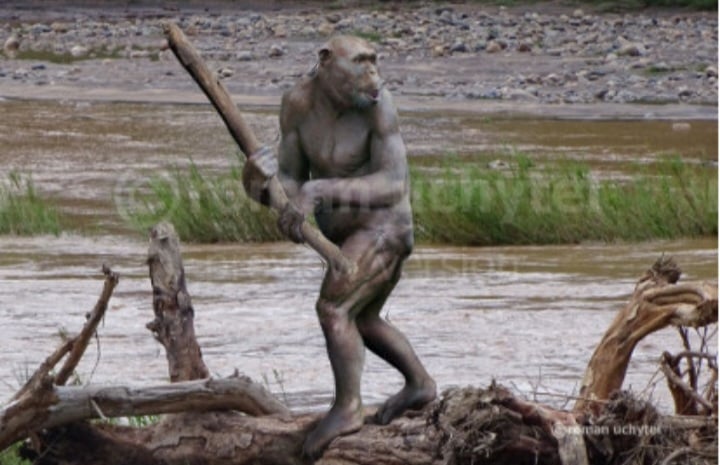
Simulation image of Paranthropus boisei.
These fossilized footprints were discovered by researchers in 2021, near Lake Turkana, Kenya. They found a long trackway with 12 footprints, each about 26 centimeters long, that were likely made by an adult Paranthropus boisei individual, based on their shape and the way they moved.
Additionally, three footprints measuring 20.5 to 23.5 centimeters (8 to 9 inches) in length, consistent with those of modern humans, were discovered near the main trail. Two of the three may have been those of a juvenile Homo erectus individual. The third footprint is more difficult to determine precisely.
The researchers believe the tracks were likely made within hours or days, as the mud never dried or cracked. They say it's possible the two species may have crossed paths, but there's no evidence of direct interaction between them.
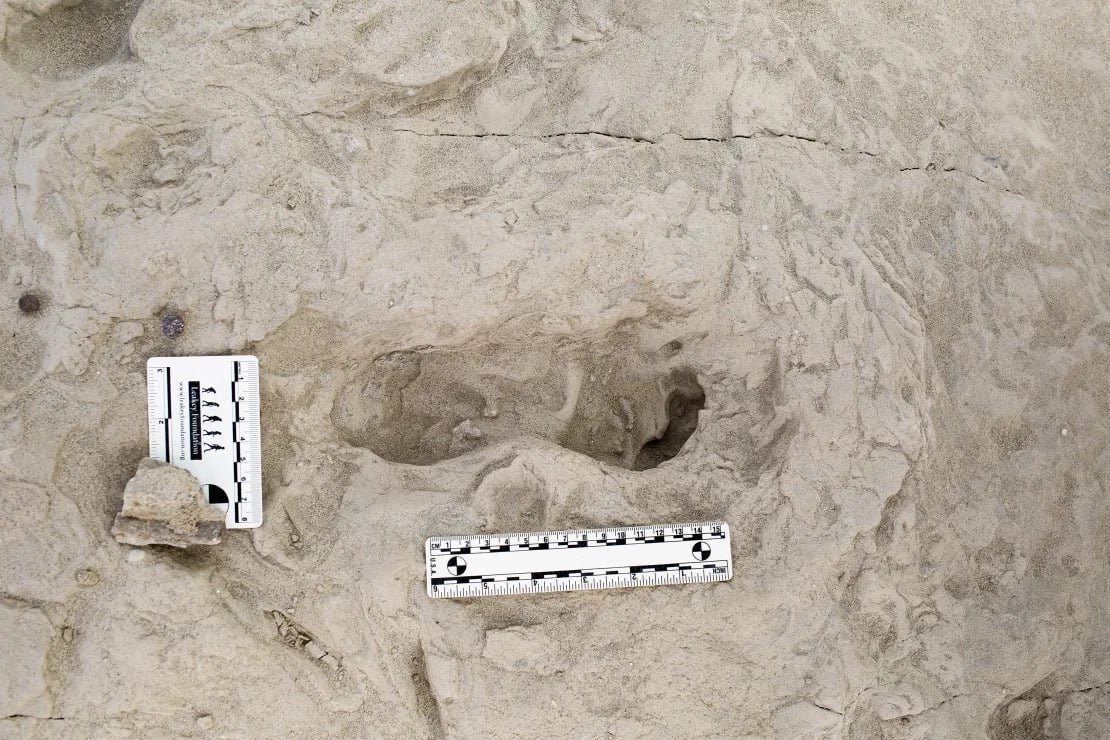
Fossilized footprints believed to belong to a Homo erectus individual. Photo: Kevin G. Hatala/Chatham University
According to paleoanthropologist Louise Leakey, director of the Koobi Fora Research Project and co-author of the study, these footprints help us imagine a scene 1.5 million years ago, when different human ancestors may have walked together across shallow waters, engaging in hunting and gathering activities.
The team also found that both species coexisted for a long period of time, about 200,000 years, in the same fossilized mud site.

Simulation image of Homo erectus.
“These two species may have competed directly, but it’s also possible that they had no discernible competition and both had access to the resources they needed from the shared land,” said paleoanthropologist Kevin Hatala, lead author of the study.
Diet may have been a factor in reducing competition. Paranthropus boisei ate low-quality plants and had to chew their cud repeatedly, whereas Homo erectus had a varied diet, including meat, and was likely able to use tools for hunting.
Fossil footprints provide important information about anatomy, behavior, and habitat that bone fossils or stone tools cannot provide.
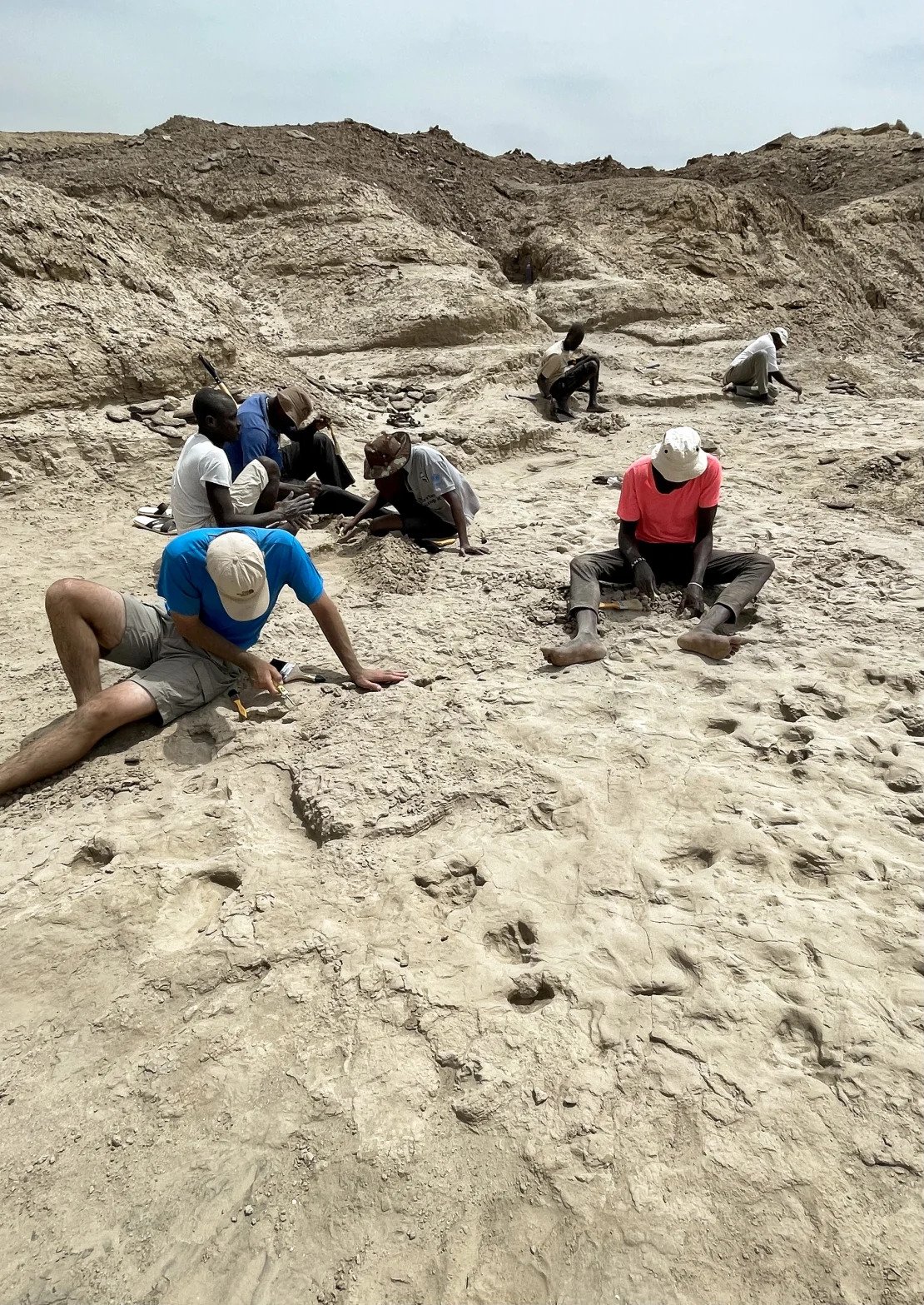
Members of the research team excavated the road's surface in 2022. Photo: Neil T. Roach/Harvard University
The researchers found that the feet and gait of the two species were distinctly different. Homo erectus footprints had high arches like modern humans, suggesting a stiff foot and a gait that included pushing off with the toes. Meanwhile, the Paranthropus boisei footprints lacked high arches and had flatter feet, along with a slightly divergent, more flexible big toe, similar to the way chimpanzees walk.
Paranthropus boisei became extinct a few hundred thousand years after these footprints were left, while Homo erectus continued to thrive and may have been the direct ancestor of modern humans. Homo erectus was also the first human species to migrate out of Africa.
The discovery of footprints from two ancient human species in the same area, home to dangerous animals like hippos and crocodiles, suggests that this habitat was so important to our ancestors that they were willing to take risks to access it, according to evolutionary biologist Neil Roach at Harvard University and study co-author.
Ngoc Anh (according to Reuters, CNN)
Source: https://www.congluan.vn/dau-chan-hoa-thach-tiet-lo-hai-loai-nguoi-co-dai-tung-song-cung-nhau-post323449.html



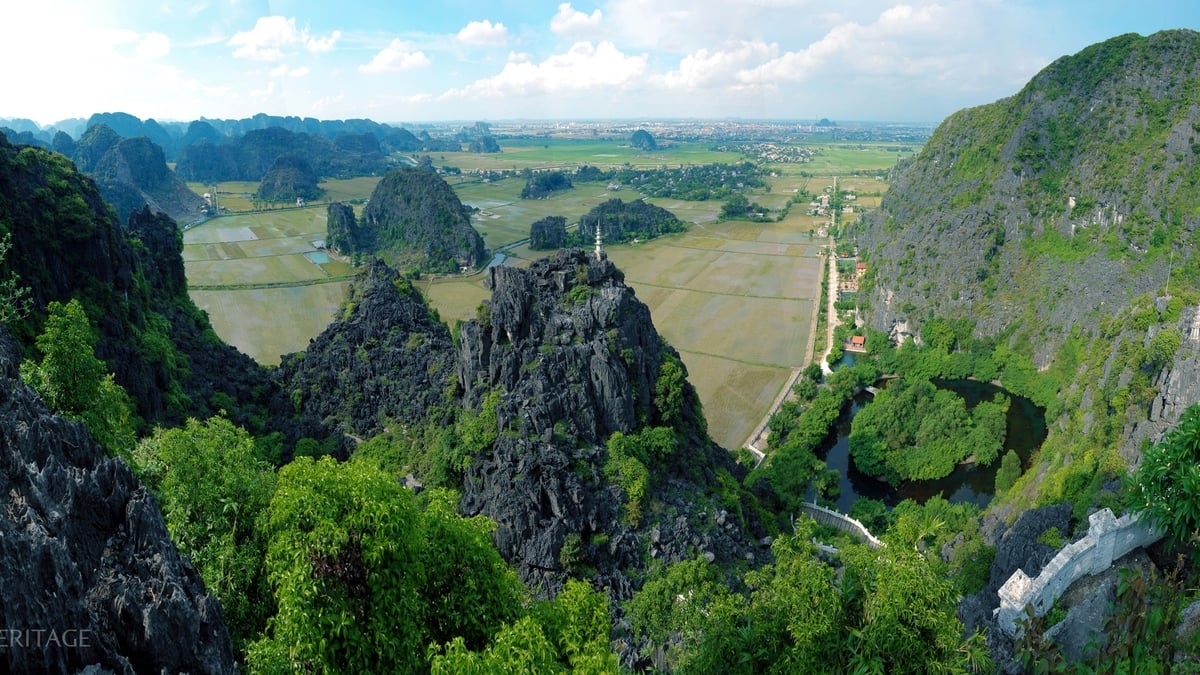
![[Photo] Prime Minister Pham Minh Chinh chairs a meeting on the implementation of the Lao Cai-Hanoi-Hai Phong railway project.](https://vphoto.vietnam.vn/thumb/1200x675/vietnam/resource/IMAGE/2025/5/20/0fa4c9864f63456ebc0eb504c09c7e26)







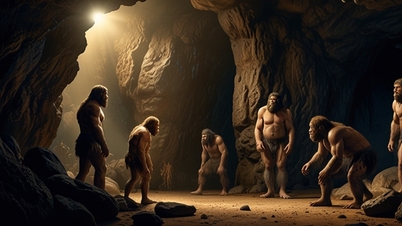
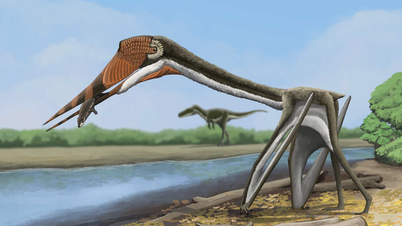


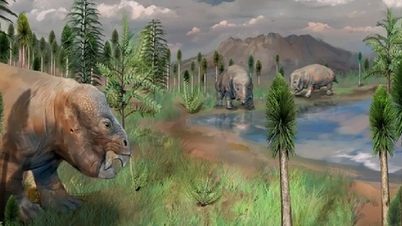

























































































Comment (0)